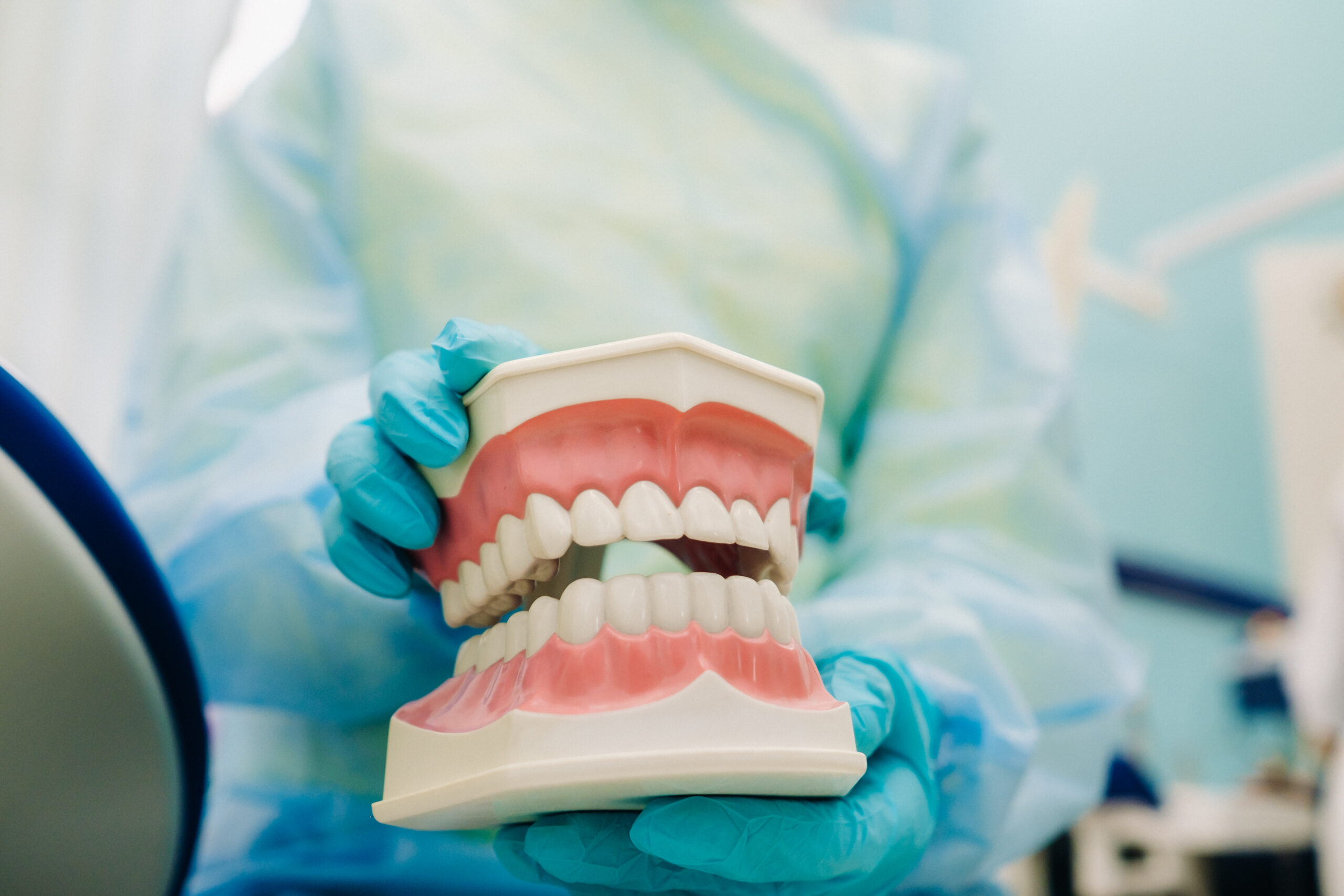
Unraveling the Mystery of Dental Wear
Lee Ann Brady, DMD
The origin of a patient’s dental wear may be deceiving. Is it physiological or pathological? This minor difference could spell major consequences for the lifetime oral health of your patients. We care about understanding the differences and how to manage them for the benefit of our patients.
What is the amount of normal tooth wear?
To understand normal tooth wear, let’s compare the size of teeth at age 10 to their size at age 70. Based on extensive research, we’ve found that the average loss of tooth structure over this 60-year period is approximately:
- 1.74 millimeters on posterior teeth (first molars)
- 1.01 millimeters on upper anterior teeth (centrals and laterals)
This equates to roughly 15-26 microns of wear per year, depending on the tooth type.
It’s important to note that this includes all forms of wear, such as attrition, erosion, and abrasion. Even with this normal wear, most people should still have a layer of enamel on their teeth at age 70. In fact, you might expect to retain at least half of the original enamel thickness on your incisal edges and cusps.
While a certain amount of tooth wear is a normal part of aging, it’s important to distinguish between physiologic wear and pathologic wear. Physiologic wear is a natural part of aging and includes abrasion, erosion, and attrition. It occurs at a predictable rate and typically does not result in significant tooth structure loss. If you notice excessive tooth wear beyond the expected range of 15-26 microns of wear per year, it may be a sign of an underlying issue that requires further evaluation.
What is the patient-centered approach to discussing wear and understanding the cause of tooth wear?
When discussing tooth wear with patients, it’s essential to approach the conversation with empathy and understanding. By using a patient-centered approach, you can foster open communication and encourage patients to take an active role in their oral health care.
- Open-Ended Questions: Ask open-ended questions to encourage patients to share their observations and experiences. For example, you might say, “I’ve noticed some wear on your teeth. Have you noticed any changes in how your teeth feel or look?”
- Avoid Assumptions: Don’t jump to conclusions about the cause of tooth wear. Instead, ask questions to gather more information and explore potential contributing factors.
- Emphasize Collaboration: Emphasize that you’re working together to identify the cause of tooth wear and develop a treatment plan. This fosters a sense of partnership and encourages patient involvement.
- Avoid Blame: Avoid blaming the patient for tooth wear. Instead, focus on identifying the underlying causes and developing strategies for prevention and treatment.
What do I say to my patients?
I always start from a place of curiosity. I might say, “When I examine your teeth, I notice some wear that seems more than what’s typical for your age. I’m curious if you’ve noticed any changes in how your teeth feel or look. Sometimes, unusual wear can be a sign of underlying issues like teeth grinding, acid reflux, or other factors.”
Many times, patients will then say to me, “I don’t know. Do you think I grind my teeth?” or “I don’t know. I do have acid reflux.” If the patient says, “Gosh, I don’t know what that’s about,” the next piece of the puzzle is to take my curiosity and help them understand what we would do diagnostically to figure that out and potentially what we would do to manage that.
If I think the wear is erosive, the conversation can turn to acid reflux or an acidic diet or abrasive toothpaste. If I think it’s erosive, the conversation leads to “seeing if we can learn what your teeth are doing when you sleep at night. If you’re grinding your teeth, that is something we can manage.”
I never start with “I think you grind your teeth,” or “I think you have acid reflux,” no matter how confident I am that that is the case. I don’t approach it that way for a couple of reasons. I need to give the patient a chance to process that information and come to terms with the fact that something may be going on that they weren’t aware of beforehand. There’s an emotional impact from hearing that information, so we want to deliver it in a gentle way. And I want the patient to become aware of what may be happening on their own. I want to create a co-discovery process.
The general message is “We can work together to figure out what might be causing this. By understanding the cause, we can work together to determine the best course of action to protect your teeth and prevent further wear.”
Related Course
Mastering Dental Photography: From Start to Finish
DATE: October 29 2026 @ 8:00 am - October 31 2026 @ 12:00 pmLocation: The Pankey Institute
CE HOURS: 19
Regular Tuition: $ 2995
Single Occupancy with Ensuite Private Bath (per night): $ 355
Dental photography is an indispensable tool for a high level practice. We will review camera set-up and what settings to use for each photo. All photos from diagnostic series, portraits,…
Learn More>






